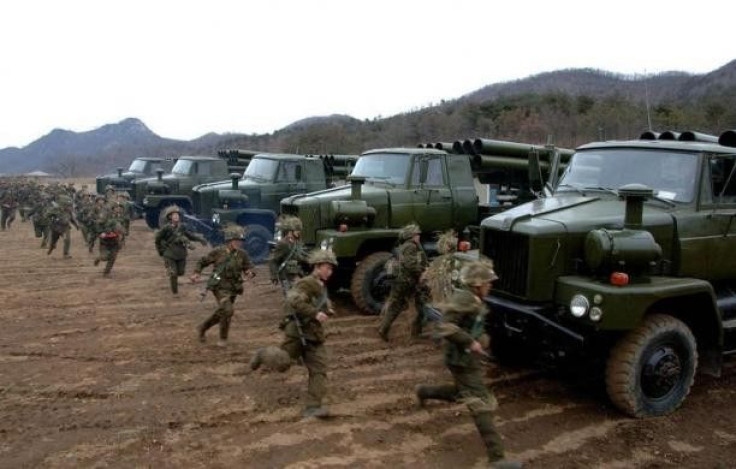US Not To Cede Joint Military Command To South Korea Soon On Korean Peninsula

Faced by a nuclear threat from North Korea, the South Korea has been given more time to equip its forces and until such time, the United States will continue to hold the command control of joint military operations in the Korean peninsula. So, both parties agreed to delay the proposed transfer of command control to South Korea that was due by December 2015. The decision came at a meeting between U.S. Defence Secretary Chuck Hagel and his South Korean counterpart Han Min-koo on last Friday.
Earlier, the plan was that the U.S. would hand over command rights for potential joint military operations on the Korean Peninsula to South Korea, by December 2015. Now the two sides reached a consensus to keep it in American hands until the South's forces are strong enough to deter nuclear or missile attacks from North Korea, reports Asia Nikkei. This is the second time that the transfer of command control is getting deferred. Under the original plan, South Korea should have taken responsibility by 2012, but South Korea was not ready and asked the U.S to delay it until Dec 2015.
Thaad System And China
Given the belligerence of North Korea, the U.S. military is keen on deploying the Theater High Altitude Area Defense, or Thaad in South Korea. It can intercept missiles within a range of 200km and at an altitude of more than 100km. The U. S has developed Thaad as a key component of its joint missile defence programme with Japan also.
But many analysts believe the high-altitude defense system is actually a safeguard against Chinese ballistic missiles, and not of North Korea. China has been opposing the move. South Korea is facing the dilemma of being under pressure from two giants. That is the reason Hagel and Han decided to skip that topic in their latest meeting.
Grave Threat
Meanwhile, the U. S commander in Korea peninsula acknowledged that North Korea is inching towards the capability to produce a nuclear warhead that is mountable on a rocket, and it may be a prelude to the making of a nuclear missile. Gen. Curtis Scaparrotti, commander of U.S. forces in the Korean peninsula, said North Korea has the capability to build a miniaturised nuclear warhead, prior to developing a nuclear-tipped missile.
The U.S considers this as a major improvement in Pyongyang's weapons technology and Gen. Scaparrotti also believes that North Korea has a launcher to carry an intercontinental ballistic missile with a miniaturised warhead, reports Wall Street Journal.
Though the U.S. is yet to reveal any solid proof of North Korea testing a miniaturised nuclear war head, Adm. John Kirby, press secretary of Pentagon said despite "no smoking gun piece of evidence" there is no reason to doubt that North Korean is closer to developing a nuclear tipped missile.






